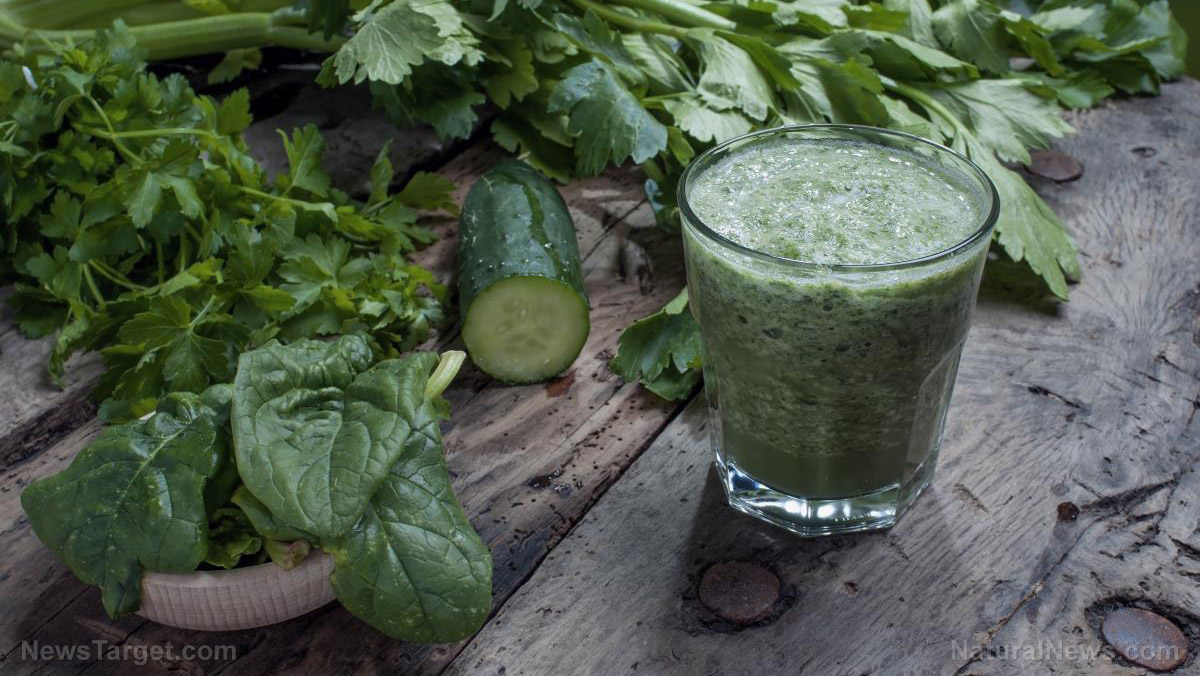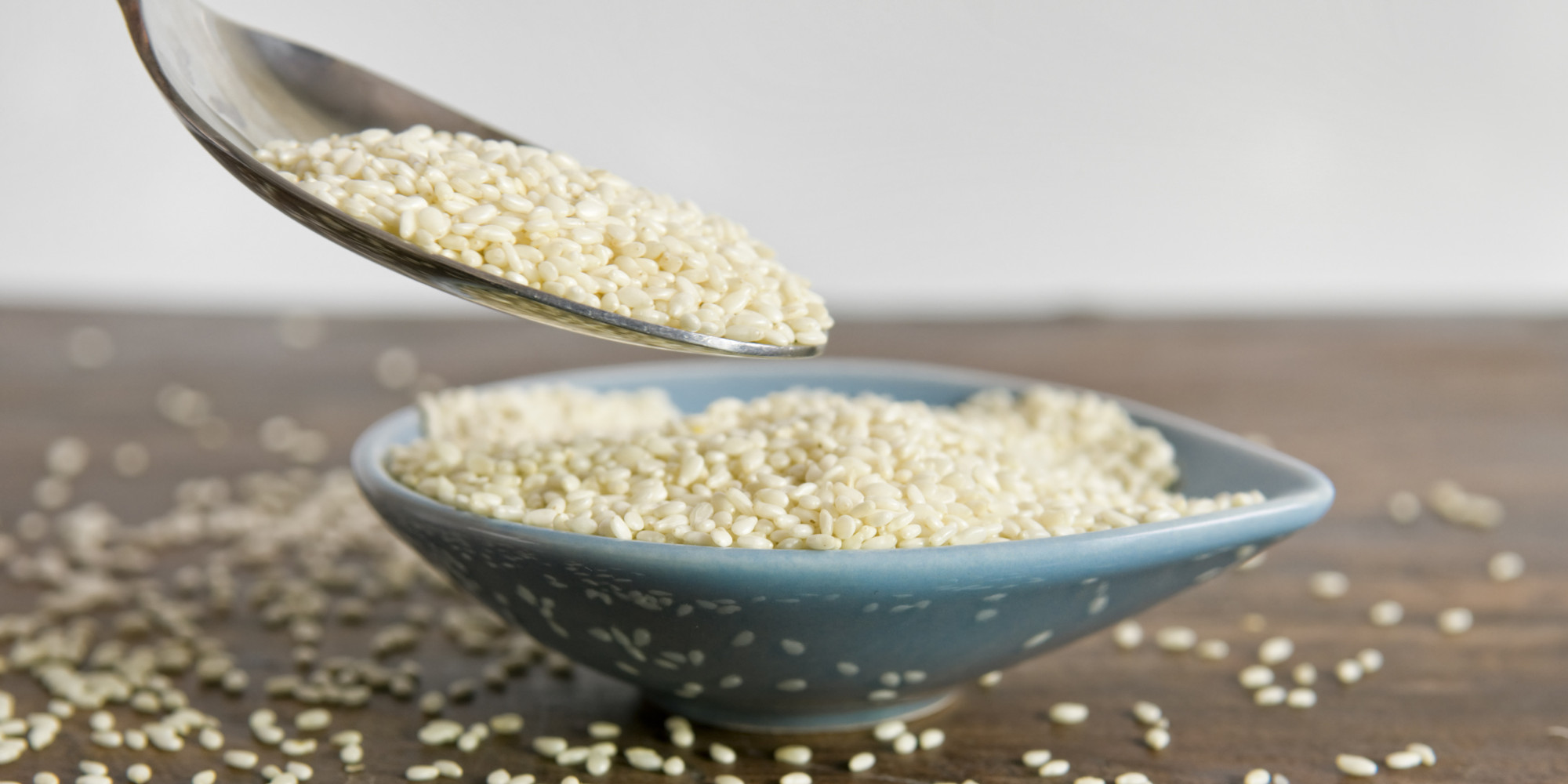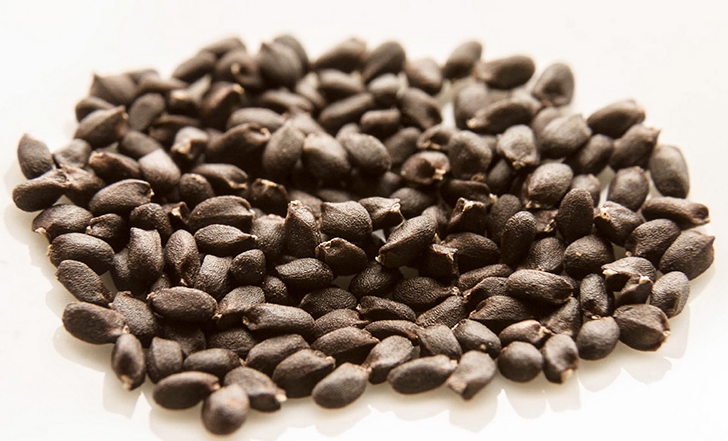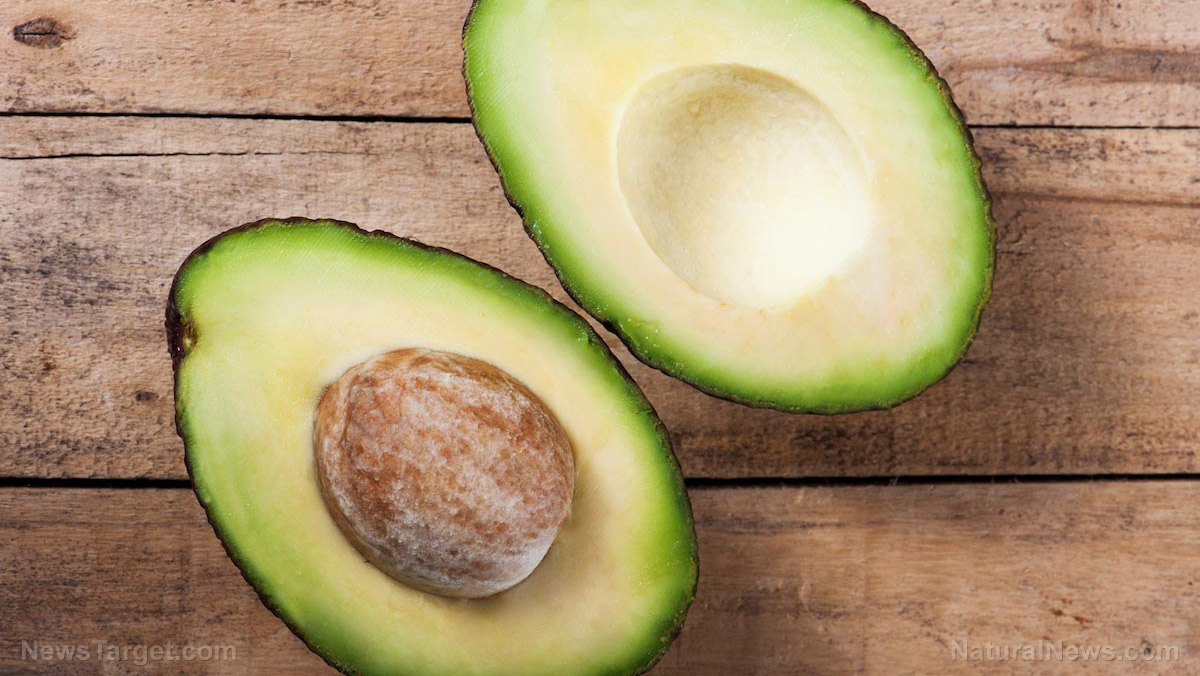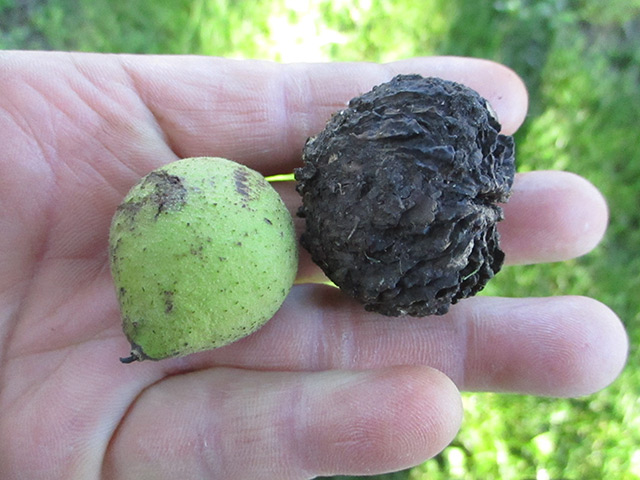Coralberry: Natural treatment for eye cancer
08/19/2019 / By Melissa Smith

Researchers in Germany found a way to slow down the progression of eye cancer. This may be possible through a substance found in the coralberry plant.
Originating in Korea, the coralberry plant bears bright red fruits that make it a great ornamental plant. Its leaves contain bacteria that produce a natural insecticide called FR900359 (FR), which has been known to researchers for 30 years.
In their study, which was published in the journal Science Signaling, the researchers suggested that FR could be used against uveal melanoma, which is the most common and aggressive type of eye cancer.
The substance inhibits a key group of molecules in cells called Gq proteins. In cells, these proteins have a similar function to a city’s emergency control center. When they’re activated by a signal, they can turn cells’ metabolic pathways on and off. However, this only occurs for a short time, then the cell goes back to its normal state. In uveal melanoma, a tiny mutation causes two Gq proteins to remain permanently active. Because of this, cells harboring this mutation start to divide uncontrollably.
Researchers already know that FR can stop Gq proteins from being activated by clinging onto them. However, they did not expect to see FR to also suppress cell division. The study also uncovered the mechanism behind this. Mutated, permanently active Gq proteins sometimes return to their inactive state. From there, FR holds onto the protein in the same way as before, suppressing its activation. As time goes on, more and more Gq proteins turn inactive. This potentially slows the progression of uveal melanoma.
FR has been proven effective in cell cultures and in animal models suffering from cancer. However, more research is needed before it can be tested on humans. Furthermore, the researchers must ensure that the substance will only affect tumor cells and no other tissues.
Survival rates for eye cancer are generally high. However, when it becomes metastatic – when cancer cells break away and spread elsewhere in the body to form tumors – this rate can drop dramatically.
More on eye cancer and how to prevent it
Eye cancer is the only life-threatening ocular disease. Eye cancer is said to start in the middle layer of the eye. This is the vision area that holds the blood vessels. Symptoms include eye displacement, floating black spots, light flashes, loss of eyesight, poor vision and loss of peripheral vision, and watery eyes.
There is not much known about the exact cause of eye cancer. However, like skin cancer, people with red or blonde hair, fair skin, and light-colored eyes are more likely to develop it, according to studies. People with atypical mole syndrome are at a higher risk of developing skin melanoma, and by extension, eye melanoma.
Too much exposure to natural or artificial ultraviolet (UV) rays can increase the risk of eye cancer. Therefore, using glasses that block 99 percent to 100 percent of UV rays can provide protection against eye cancer. Occupational hazards are the most common contributors to eye cancer, so always use sunglasses to protect your eyes if you work in a chemical plant or a welding facility. It is also important to treat eye problems, including eye injury, immediately to prevent cancer. Eating more vegetables that contain quercetin can also prevent eye cancer, particularly retinoblastoma – a form of cancer that starts in the lining inside the eyes, according to a study published in the journal BMC Complementary and Alternative Medicine.
Read more articles on natural substances that fight eye cancer and other types of cancer at AntiCancer.news.
Sources include:
Tagged Under: alternative medicine, anticancer, coralberry, disease treatments, eye cancer, eye health, eyes, herbal medicine, Herbs, natural cures, natural medicine, plant medicine, prevention, remedies, research, tumors, uveal melanoma
RECENT NEWS & ARTICLES
FoodCures.News is a fact-based public education website published by Food Cures News Features, LLC.
All content copyright © 2018 by Food Cures News Features, LLC.
Contact Us with Tips or Corrections
All trademarks, registered trademarks and servicemarks mentioned on this site are the property of their respective owners.


